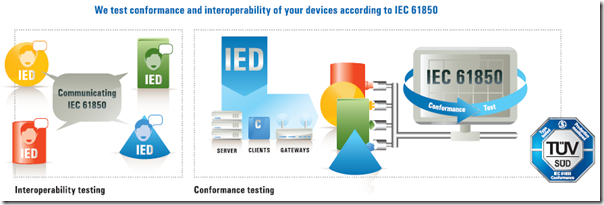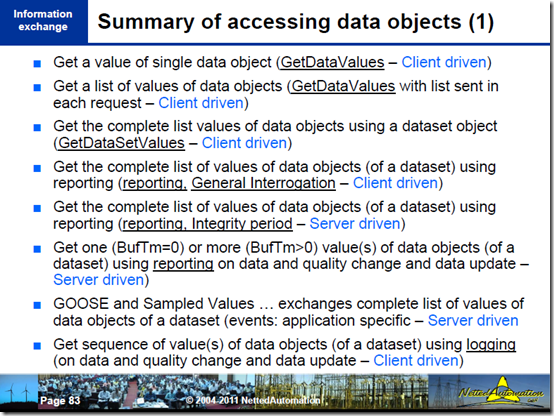One swallow does not make a summer – But 100.000 do. One PV system on a roof in the nineties did not make a smart grid based on renewable resources. But due to the growth of renewable resources like PV the power delivery system changes a lot. Usually today the PV inverters do automatically frequency disconnection.
ENTSO-E the “European Network of Transmission System Operators for Electricity” noted in a letter to Commissioner Oettinger of the European Commission that too many “swallows” are flying somehow “uncontrolled” – flying alone … not being aware what’s going on around them … not seeing the system (!):
“This letter is to brief you on a security of supply issue arising from the automatic frequency disconnection settings of installed photovoltaic (PV) panels in some European countries and to request your support in encouraging the national Regulatory authorities in impacted countries to facilitate the timely implementation of remedial actions.
Due to the interconnected nature of the transmission system until such remedial actions are implemented the synchronous Central European power system is at increased risk to significant frequency deviations of a magnitude that would generate a widespread loss of supply.
In several European countries, connection standards applicable to photovoltaic panels and other distributed generation have been or are still specifying that the panels automatically disconnect from the grid whenever the system frequency reaches 0.2 or 0.3 Hz deviations from the required normal value of 50.0 Hz.
Current information from our Member TSOs, including for example Germany and Italy, indicate that the significant growth in photovoltaics in recent years has resulted in a PV installed capacity (with such settings) approaching 25 000 MW. At these levels there is clearly a risk of an instantaneous generation loss far in excess of the 3000MW generation loss „ride-through‟ design limit for the Continental European system. …”
Click HERE for the letter from ENTSO-E [English, pdf]
Ok, what to do now? Act! There are many actions needed to get CONTROL over the system in the future system based on many distributed resources! One aspect is to change limits … but more important is the control of the power resources.
A group of IEC TC 57 WG 17 is working on a very crucial part of IEC 61850: Draft IEC 61850-90-7 TR – “Communication networks and systems for power utility automation – Part 90-7: IEC 61850 object models for photovoltaic, storage, and other DER inverters” (57/1155/DC).
Major PV inverter manufacturers and other experts have drafted the above document.
Crucial aspects covered by 90-7 (in addition to IEC 61850-7-420 – DER) are:
7. DER management functions for inverters.
7.1 Immediate control functions for inverters
7.1.1 Function INV1: connect / disconnect from grid
7.1.2 Function INV2: adjust maximum generation level up/down
7.1.3 Function INV3: adjust power factor.
7.1.4 Function INV4: request real power (charge or discharge storage)
7.1.5 Function INV5: pricing signal for charge/discharge action
7.2 Modes for volt-VAr management
7.2.1 Var management modes using volt/VAr arrays
7.2.2 Volt-VAr mode VV11: normal energy conservation mode
7.2.3 Volt-VAr mode VV12: maximum VAr support mode
7.2.4 Volt-VAr mode VV13: static inverter mode
7.2.5 Volt-VAr mode VV14: passive mode.
7.3 Modes for frequency-related behaviours
7.3.1 Frequency management modes
7.3.2 Frequency-watt mode FW21: high frequency reduces active power.
7.3.3 Frequency-watt mode FW22: constraining generating/charging by frequency (see diagram below)
7.4 Dynamic grid support during abnormally high or low voltage levels
7.4.1 Dynamic grid support mode TV31: dynamic grid support during abnormally high or low voltage levels
7.4.2 Example of dynamic grid support capabilities.
7.5 Functions for “must disconnect” and “must stay connected” zones
7.5.1 “Must disconnect” MD curve
7.5.2 “Must stay connected” MSC curve
7.6 Modes for watt-triggered behaviours
7.6.1 Watt-power factor mode WP41: feeding power controls power factor
7.7 Modes for voltage-watt management.
7.7.1 Voltage-watt mode VW51: voltage-watt management: generating by voltage
7.7.2 Voltage-watt mode VW52: voltage-watt management: charging by voltage
7.8 Modes for behaviours triggered by non-power parameters
7.8.1 Temperature mode TMP
7.8.2 Pricing signal mode PS
7.9 Setting and reporting functions
7.9.1 Establishing settings DS91: modify inverter-based DER settings
7.9.2 Event logging DS92: log alarms and events, retrieve logs
7.9.3 Reporting status DS93: selecting status points, establishing reporting mechanisms
7.9.4 Time synchronization DS94: time synchronization requirements
Example (without further explanations):
7.3.3 Frequency-watt mode FW22: constraining generating/charging by frequency:

It is expected that this part IEC 61850-90-7 is one of the crucial parts of IEC 61850 for the stability of the future power delivery systems all over.
It’s “PV summer time” – there are millions of PV inverter installed (most of them are not controlled … just “flying” around.
Please contact your national IEC TC 57 committee to get a copy of the document.
Click HERE for an interesting ENTSO-E Draft “Requirements for Grid Connection Applicable to all Generators” dated 22 March 2011
The Power Systems are quite comprehensive … and complex!
















